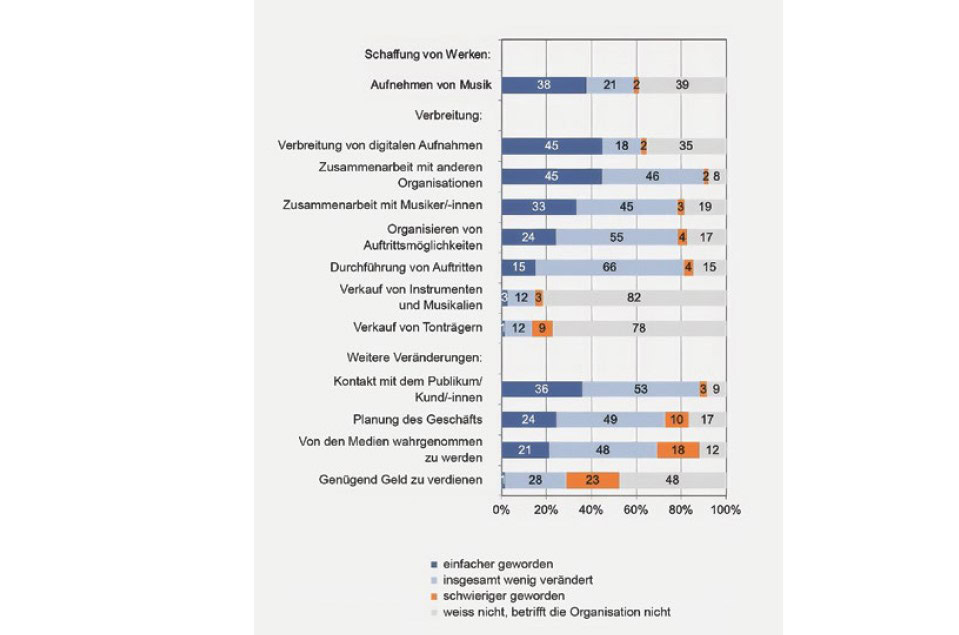Music with all the senses
Music lessons with children in groups are becoming increasingly heterogeneous. Here are five theses.

For years, the promotion of gifted and talented children, integration and inclusion have been part of the mission of music schools throughout Europe. In Germany, the projects "Jedem Kind ein Instrument" ("An instrument for every child") and "Klingende Kindertagesstätte" ("Musical day-care centers for children") marked the beginning of music-making for children of all ages and in large groups. In Switzerland, basic musical training, classroom music-making and projects with a wide variety of focuses have been expanded.
Publications and modules in training and further education have developed basic principles for structuring lessons that allow every child to experience and learn music. In order to create equal opportunities for all children in group music lessons, accompanying measures have been defined in addition to the actual music didactics. These make it possible to design integrative music lessons in a variety of ways and in accordance with new pedagogical findings. Based on the didactics of music and movement, theories on the promotion of perception and various learning theories, the following structuring theories can be helpful.
Integrative music lessons are designed to be diverse - different types of learners are also important in music lessons. Rhythmization, which designs the lessons in a variety of ways at different levels, makes it possible for everyone to participate in the lessons according to their abilities.
Integrative teaching is designed to be perceptible and tangible - playing an instrument requires the whole body to be aware of the surface of the body as well as internal organs, especially respiratory functions. Differentiation of movement, including balance structures, is also required. For music lessons, it has proven useful to differentiate between near and far senses. Near senses are all senses that are directly related to the perception of the body and its differentiated use. The ear and eye are distant senses. Musical experiences, for example in the form of body percussion sequences, become tangible and perceptible.
Integrative music lessons are designed with movement - musical creation is also movement and requires coordination and dexterity. Clearly designed pulse and rhythm movements alternating with making music on the instrument support learning and concentration. Movement and sitting on the chair are designed in a lively alternation. With this focus, the physiologically relevant use of chairs for music should also be considered.
Integrative music lessons are designed to be audible and visible - visual and auditory structures in the classroom create orientation and deeper opportunities for concentration. This creates an aesthetic of lesson design that conveys redundancy with the dynamics of artistic processes in general. The quality of the auditory structure means music lessons in which phases of joint music-making and experimentation alternate with sequences of silence. A clear visual focus takes into account aspects of the design of musical material, the arrangement of the teaching setting in the room as well as the specific type of instruction and conducting.
The score of integrative music lessons has different voices - children learn in different rhythms. For the composition of the music lesson, this is a phenomenon that can be used artistically. Just as each piece of music is created with different voices, the lessons are also structured in a differentiated way. In arrangements made especially for the group, there are basic elements that are played by everyone, more differentiated parts and even solos, as well as parts for simple grooves and individual accents.
Literature
Long version of the article:








